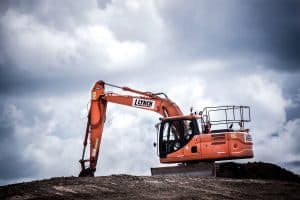Contaminant Remediation
 A contaminant remediation strategy must serve the site-specific needs of the client. Contaminated sites must be remediated effectively – knowing which option is best depends on the level of involvement required from the government, the expertise of the environmental consultants, as well as the schedule and regulatory needs for property owner objectives. We recognize that client business factors affect the selection of a clean-up or risk management approach and are no less important to the selection than are the engineering factors.
A contaminant remediation strategy must serve the site-specific needs of the client. Contaminated sites must be remediated effectively – knowing which option is best depends on the level of involvement required from the government, the expertise of the environmental consultants, as well as the schedule and regulatory needs for property owner objectives. We recognize that client business factors affect the selection of a clean-up or risk management approach and are no less important to the selection than are the engineering factors.
That means for site development, the development form is a key factor in selecting an appropriate remediation strategy. Where site or facility closure is the objective, a risk management plan based on a detailed site investigation and/or a Human Health and Ecological Risk Assessment often drives the remediation strategy.
Keystone Environmental has extensive experience with remedial options and actively seeks new and innovative methods. Remedial technologies, which have been implemented include:
- excavation and disposal of soils
- isolation by slurry walls or hydraulic barriers
- in-situ bio-remediation of soil and ground water
- controlled solid phase bio-remediation
- bio-reactors
- slurry phase bio-remediation
- soil vapour extraction
- sparging
- monitored natural attenuation
- thermal desorption
- chemical reduction/oxidation
- in-situ groundwater treatment walls / permeable reactive barriers
- free product recovery / multi-phase extraction
